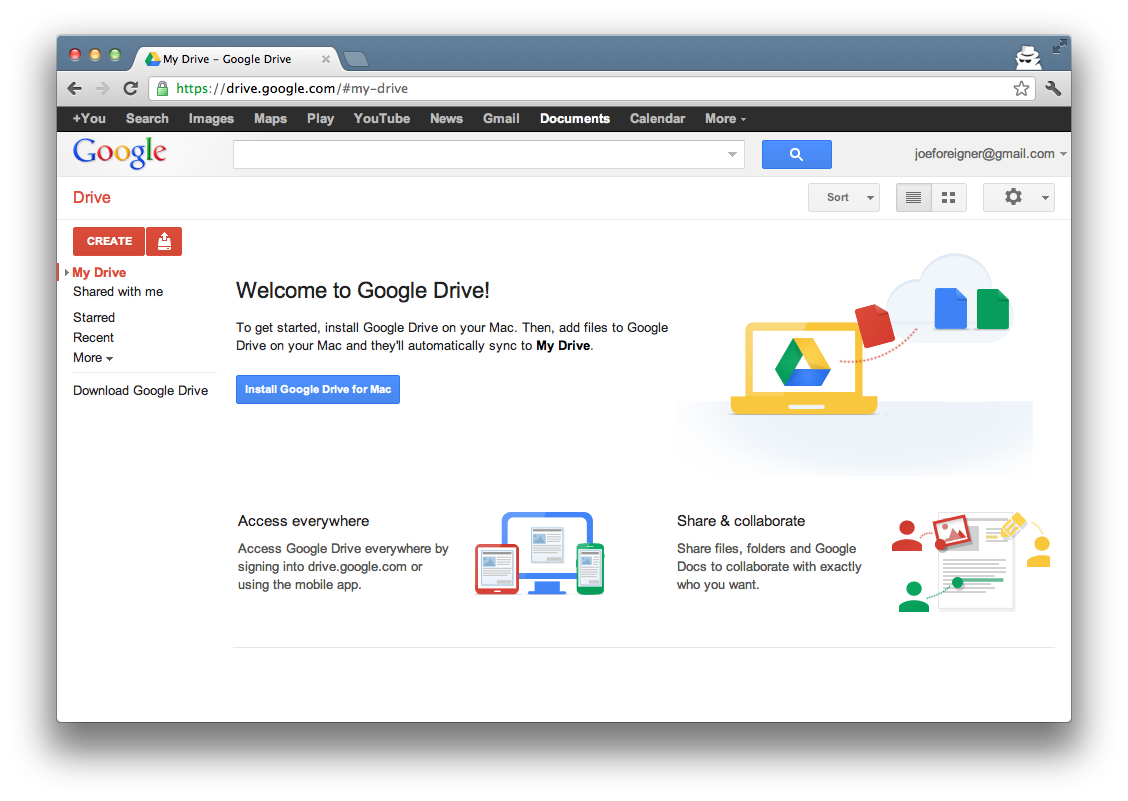

- #Create new user mac os x terminal how to#
- #Create new user mac os x terminal install#
- #Create new user mac os x terminal software#
- #Create new user mac os x terminal download#
Looking for a different OS tutorial? Check out our guides on How To Set Environment Variables In Linux and How To Set Environment Variables In Windows.
#Create new user mac os x terminal software#
This should make it easier for you to configure software packages in the future. Use the unset command to remove an environment variable: unset Īfter following this tutorial, you should know how to set temporary and permanent environment variables in macOS. bash_profile by either restarting the terminal window or using: source ~/.bash-profile Unset Environment Variable Use the export command to add new environment variables: export =ĥ. bash_profile file with a text editor of your choice.ģ. Permanent environment variables are added to the. : The value you want to add to an existing variable.įor example, if you want to add a custom folder path to the PATH variable, use: export PATH=/Users/test/test_folder:$PATH Set Permanent Environment Variable.: The name of the environment variable you want to add a new value to.The export command also allows you to add new values to existing environment variables: export =:$ : The value you want to assign to the new variable.: The name for the new temporary environment variable you want to set.This is useful for variables you need to use for one session only or to avoid typing the same value multiple times.Īssign a temporary environment variable with the export command: export = The value you assign to a temporary environment variable only lasts until you close the terminal session. These tools can be accessed by typing: /Applications/Postgres.Note: Always use the $ prefix when specifying a variable name. Once the app has been downloaded, command line tools can be used as well. Note: To change the port in the terminal, the ‘nf’ file (which can be found in the data directory) must be edited. This is useful because multiple PostgreSQL servers can It also allows the port to be changed very easily. This interface shows all the essential information regarding the server. Details on the server can be found by opening the server settings: In order to start the server, click the start button. Once the app is downloaded and moved into the applications folder, the app can be opened.
#Create new user mac os x terminal download#
To run a server through the postgres app, the first step is to download the program. Once started, it can be connected to the same way as before using: If the default server is running it must first be stopped using the pg_ctl -D /usr/local/var/postgres stop command: The server will only start if the port is free. If a log file is not specified, events will be logged to the terminal: The command above will generate a log file like the one shown, start the server, and tie the log file to the server. Log files can be dense to read but are very useful for security and debugging purposes: “.log” or “myData-logfile-.log”) and should be stored outside of the database that they are logging so as to avoid unnecessary risks. Generally log files are formatted to contain the date in the file name (e.g. The “Log file” is a file that will record server events for later analysis. The “Data Directory” refers to the directory that was just initialized (in this case myData). To do this use the command and substitute in for the specified values: pg_ctl -D -l start Now that the server is initialized and the log file is created, you can start the server from this directory. This will fill the myData directory with files necessary to run the server:

To do this run the initdb command as shown: This means that we configure the directory and add the necessary files to run the server. Once the directory is created, the server can be initialized. For example, create a directory called myData in the home directory: To do this, first create a directory to be used as the server location. (Optional) Creating a Custom Data DirectoryĪ custom data directory can also be used for a server. This shows that the server has been started and can be connected to.

If Homebrew is already installed, make sure that it is up to date by running: Homebrew can be installed by running the following command in a terminal:
#Create new user mac os x terminal install#
There are two main ways to install PostgreSQL on mac OS X. Posted at 22:07h in meinl byzance dual crash 16 by japan economy in trillion. how to create a script in mac terminal 02 Apr. How to Start a PostgreSQL Server on Mac OS X pickled herring coupon > california tornado 2021 > how to create a script in mac terminal.


 0 kommentar(er)
0 kommentar(er)
